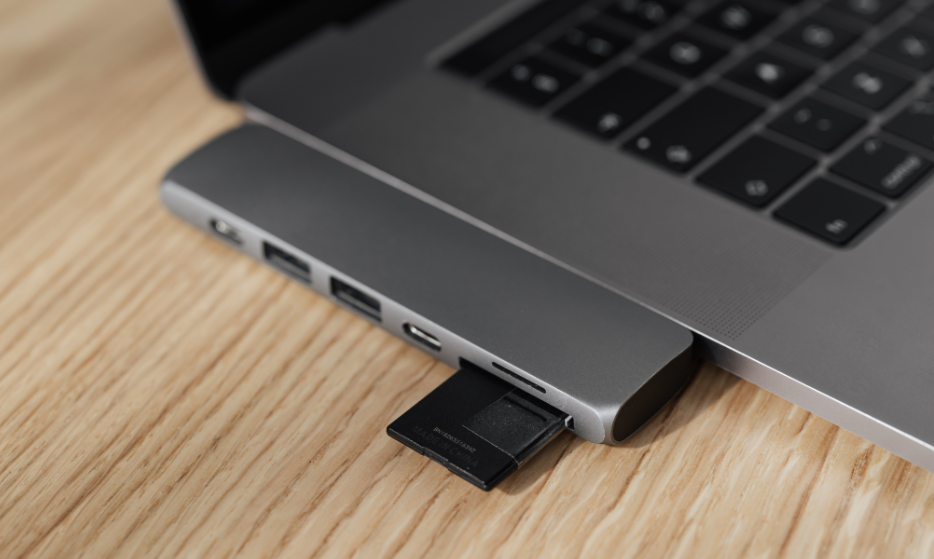How and Why Should I Reformat My Memory Card?
When it comes to cybersecurity, the risk associated with SD memory cards is underestimated, mainly due to the overwhelming number of benefits. Memory cards don’t have moving parts—they’re light, compact, easily portable, and can be used without a power connection. They don’t require maintenance or updates, they’re available in a wide range of sizes, and they’re a great backup tool for various devices (i.e. smartphones, car cameras, and computers). However, memory cards have some vulnerabilities.
The more data you amass on a memory card, the less reliable it is. Though a memory card’s primary function is to save and backup loads of important files, the risk of losing those files increases greatly as your card reaches full capacity. Furthermore, some memory cards contain firmware. In most cases, firmware updates will never be activated. However, the possibility exists, and in rare instances, your card could be altered to create more space, save copies of your files, and even store malicious software in hidden spots—all without your knowledge. The best way to combat these risks is by reformatting your memory card.
Why should I reformat my memory card?
Typically, you delete or erase files from your memory card when you want to free up space. However, deleting or erasing a file doesn’t necessarily remove it. Instead, your card will simply write over the “deleted” files whenever you save new data. This means the “deleted” files remain on the card until they’ve been replaced. Reformatting is a more thorough security measure that ensures you permanently erase all the data before adding new files or images. It’s the only way to rest assured that a file is truly erased.

How should I reformat my memory card?
Reformatting your memory card is a relatively simple process but varies based on your operating system. But, before you get started, there are a few preparation steps and helpful reminders to consider:
- Back up any images or files that are valuable. Once you’ve reformatted your card, you won’t be able to retrieve them.
- Reformat your cards on a regular basis, as a protection for your devices and your data.
- If a memory card has been problematic in the past, don’t bother with reformatting. Simply purchase a new card.
- Format all new cards before you use them.
Once you’re ready to reformat, follow the simple steps below:
Windows 64GB
- First, download the HP USB Disk Storage Format Tool.
- Left click the downloaded file. In the dialog box that pops up, click “Run”.
- Another dialog box will pop up—click “Next” to view the License Agreement and click “I accept the terms in the license agreement.”
- Once the tool downloads, the InstallShield Wizard will pop up. Click “Next”, then click “Yes” to accept the License Agreement, select where you’d like to save the file, and click “Next” again.
- Click “Finish” once the InstallShield Wizard completes.
- Next, click the Start menu and select the HP USB Disk Storage Format Tool.
- Select your memory card from the dropdown menu. Leave the default file system set to “FAT 32.”
- Select the “Quick Format” option. Then, click “Start”. Choose “Yes” for any dialog boxes that pop up.
- Wait for the formatting to complete, and you’re done!
Windows 7
- Select the Windows icon to open the Start menu, and click “Computer.”
- Right-click your memory card, then select “Format.”
- Click “Start”, and Click “OK” to confirm that all data will be erased from the card.
- Wait for the formatting to complete.
Windows 10/11
- Click the Windows icon to open the Start menu; click “File Explorer.”
- Click “Format”, then choose your File System.
- Name your memory card and click “Start.”
- Click “OK” for all dialog boxes that pop up.
- Then wait for the formatting to complete.
Windows XP
- Click the Windows icon to open the Start menu.
- Click “Computer” and then right-click the icon for your memory card.
- Click “Format” and then rename your card.
- Check the “Quick Format” box and click “Start.”
- Click “OK” to confirm that all data will be erased and wait for the formatting to complete.
MAC
- Left click the Spotlight icon.
- Type in “Disk Utility” and press Enter.
- In the left panel window, left-click your memory card.
- Click the Erase menu.
- Choose the file format and rename your card.
- Click “Erase” and then click “Erase” once more in the dialog box.
- Wait for the formatting to complete.
Memory cards are an easy and user-friendly way to store additional files, but like all devices, extra steps must be taken to keep them secure. For additional help keeping your memory cards and data safe, contact BrickHouse Security to explore your options.
Posted by Adrienne Evangelista on Jan 9th 2024

